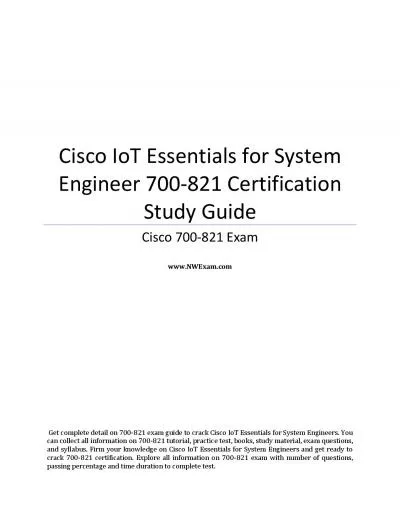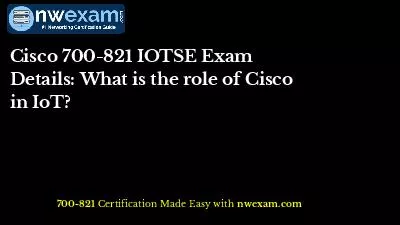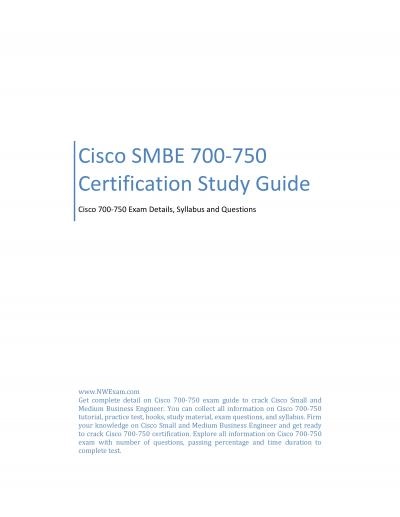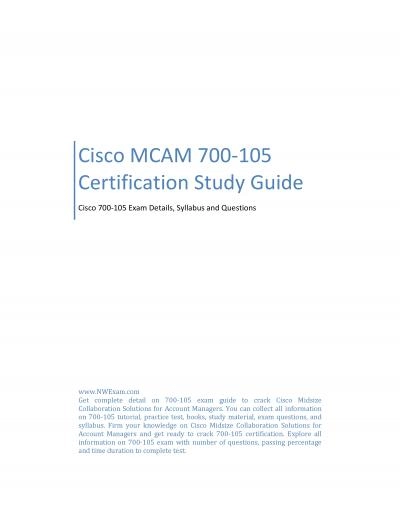PDF-epaohiogov 50 W Town St Ste 700 PO Box 1049 Oolumbus
Author : jones | Published Date : 2021-09-24
OH 432161049 614 6442621614 7285315faxDivision of Environmental Response and RevitalizationSeptember2020Are You Properly Managing Your Hazardous Waste ContainersTHIS
Presentation Embed Code
Download Presentation
Download Presentation The PPT/PDF document "epaohiogov 50 W Town St Ste 700 PO Box..." is the property of its rightful owner. Permission is granted to download and print the materials on this website for personal, non-commercial use only, and to display it on your personal computer provided you do not modify the materials and that you retain all copyright notices contained in the materials. By downloading content from our website, you accept the terms of this agreement.
epaohiogov 50 W Town St Ste 700 PO Box 1049 Oolumbus: Transcript
Download Rules Of Document
"epaohiogov 50 W Town St Ste 700 PO Box 1049 Oolumbus"The content belongs to its owner. You may download and print it for personal use, without modification, and keep all copyright notices. By downloading, you agree to these terms.
Related Documents

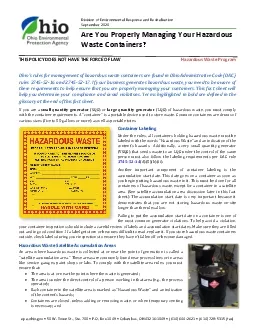
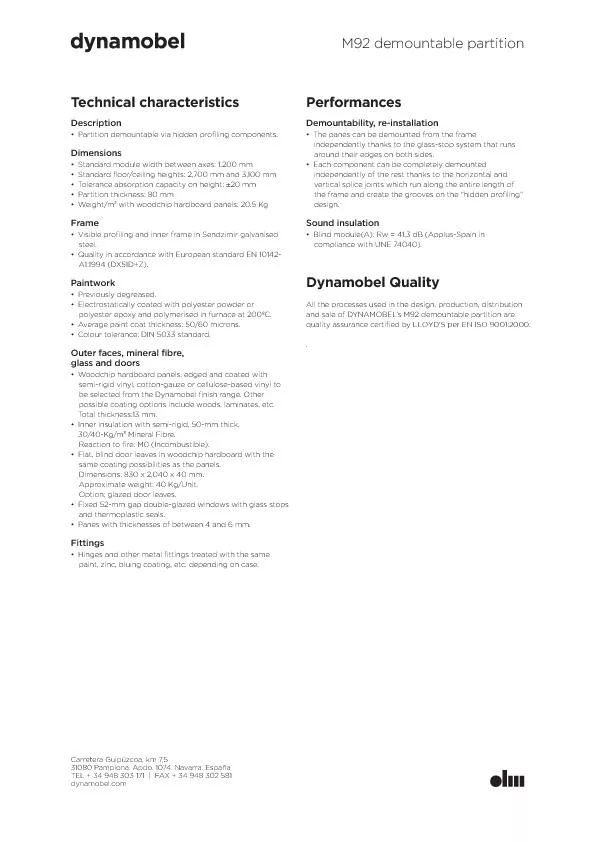
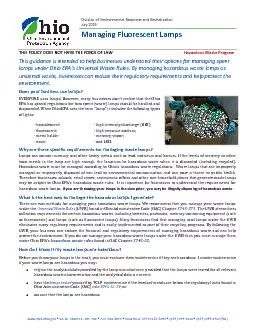

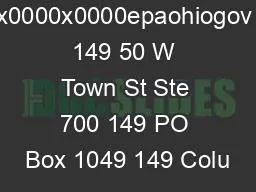

![[UPDATED] Cisco 700-680 Collaboration SaaS Questions | Ace Your Cert](https://thumbs.docslides.com/996113/updated-cisco-700-680-collaboration-saas-questions-ace-your-cert.jpg)

